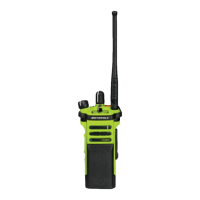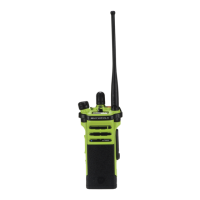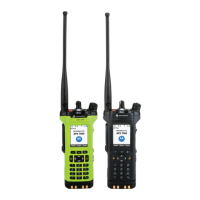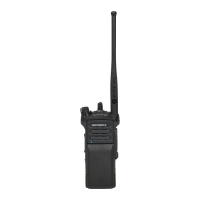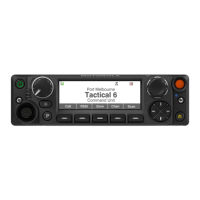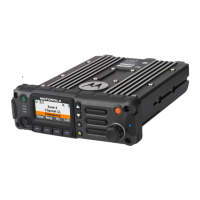Chapter 3 Basic Theory of Operation
This chapter discusses the basic operational theory of the ASTRO APX 2000/ APX 4000 (Two
Knobs) radio. The ASTRO APX 2000/ APX 4000 (Two Knobs) radio, which is a single-band
synthesized radio, is available in the following frequency bands.
• VHF (136–174 MHz)
• UHF1 (380–470 MHz)
• UHF2 (450–520 MHz)
• 700/800 MHz (764–870 MHz).
And the ASTRO APX 2000 M1.5 is available in the following frequency bands.
• VHF (136–174 MHz)
• UHF1 (380–470 MHz)
• UHF2 (450–520 MHz)
• 700/800 MHz (764–870 MHz)
All ASTRO APX 2000/ APX 4000 (Two Knobs) radios are capable of analog operation (12.5 kHz or
25 kHz bandwidths), ASTRO mode (digital) operation (12.5 kHz only), X2-TDMA mode (25 kHz only)
and Phase 2 TDMA mode (12.5 kHz only).
NOTE: The APX 2000 M1.5 radio do not support any Global Positioning System (GPS), Bluetooth,
MACE and Accelerometer functions. As such, disregard all references to the functions
mentioned above in “Chapter 3 Basic Theory of Operation”.
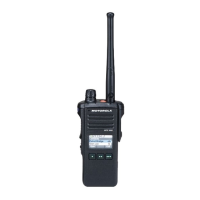
